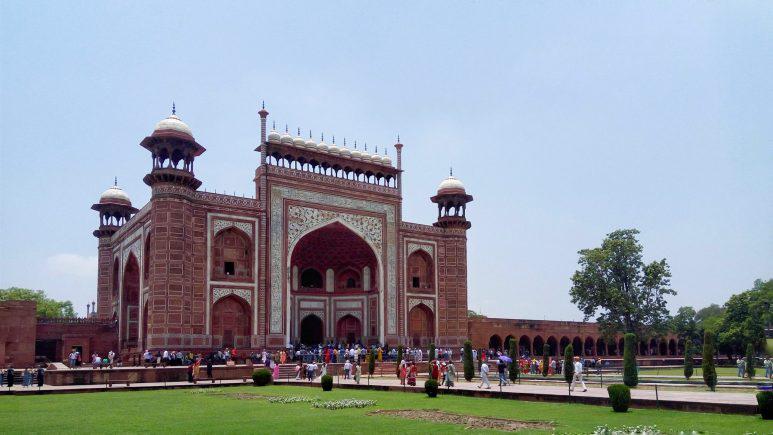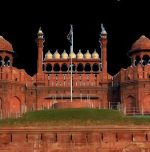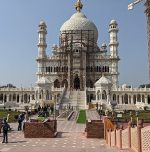The secrets beneath the Taj Mahal: Fact or Fiction?

The Taj Mahal, one of the world’s most iconic monuments and a symbol of eternal love, has captivated millions with its beauty and historical significance.
Built by Mughal emperor Shah Jahan in the 17th century to honour his wife Mumtaz Mahal, the Taj Mahal stands in Agra as a UNESCO World Heritage site and one of the Seven Wonders of the World.
However, beneath its grandeur lies an enduring mystery that has sparked countless conspiracy theories.
A prominent claim suggests the Taj Mahal was constructed over a Shiva temple named Tejo Mahalaya.
Proponents of this theory point to 22 so-called “secret rooms” hidden beneath the structure, alleging that they contain idols of Hindu gods and goddesses.
There are rooms in the basement of the Taj Mahal, but they are neither secret nor mysterious.
These long-arched corridors, overseen by the Archaeological Survey of India (ASI), remain locked for security purposes.
Experts clarify that the basement rooms serve a structural purpose, helping to support the monument.
Historically, these areas were open to the public until 1978, after which access was restricted for preservation reasons.
Over the years, theories have flourished about what the basement rooms might contain. Some suggest they were used as refuges against summer heat, while others claim they house idols of Hindu deities, fueling the belief that the Taj Mahal was originally a Hindu temple.
In 2022, a petition filed in court sought an investigation into these locked rooms, alleging that the Taj Mahal was originally Tejo Mahalaya, a Shiva temple. The Allahabad High Court dismissed the plea, citing the lack of evidence.
To counter misinformation, the ASI even released photographs of the basement corridors, showing them as simple architectural elements devoid of hidden treasures or religious artefacts.
The idea of the Taj Mahal being a repurposed temple stems from claims that the monument was built over a pre-existing palace or temple in the 4th century.
Proponents argue that historical revisions have concealed their origins. However, historians widely agree that the Taj Mahal is a mausoleum constructed by Shah Jahan. No credible evidence supports its association with a Shiva temple or the name Tejo Mahalaya.
Despite these controversies, the Taj Mahal continues to stand as an unparalleled symbol of love and architectural brilliance, drawing millions of visitors each year.
Image by Nilesh Thonte from Pixahive (Free for commercial use / CC0 Public Domain)
Image Published on April 28, 2021
You may also like
Image Reference: https://pixahive.com/photo/entrance-gate-of-taj-mahal-2/
Recent Posts
- Connaught Place: The timeless heart of DelhiAlthough the Government of India technically owns Connaught Place, the reality is far more layered.
- New labour codes aim to transform work and worker rightsEmployees can earn annual leave after 180 days instead of 240.
- Centre clarifies Chandigarh’s status amid political tensionThe Ministry of Home Affairs has clarified that it will not introduce any bill to change Chandigarh’s administrative structure in the upcoming winter session of Parliament. The announcement comes after strong objections from the Aam Aadmi Party and the Congress, who argued that such a move could undermine Punjab’s rights.
- Connaught Place: The timeless heart of Delhi
What’s new at WeRIndia.com
News from 700+ sources
-
Three members of Bawaria gang get life in prison for 2005 murder of MLA
-
Timmasamudram college urged to set up Sanskrit coaching centres for competitive exams
-
Bunty Chor briefly detained by railway police
-
Two DYFI workers, including LDF candidate, convicted in bomb attack case
-
Ethiopian Volcano: Ash from Hayli Gubbi volcano may hit NW India, Delhi; DGCA asks airlines to…
-
SBI Ventures plans to launch 2,000-crore climate-focussed fund in Jan-Mar
-
WeRIndia – A News Aggregator
Visit werindia.com for all types of National | Business | World | Politics | Entertainment | Health related news and much more..








